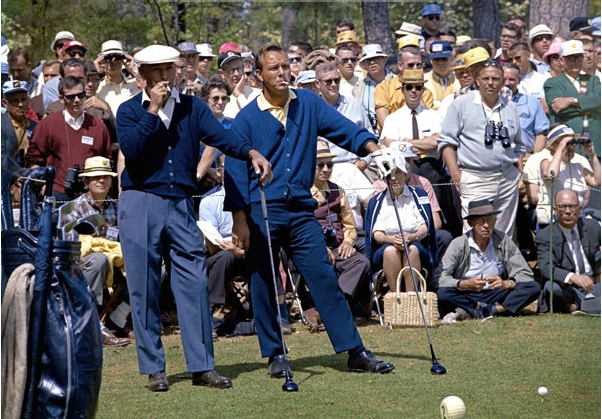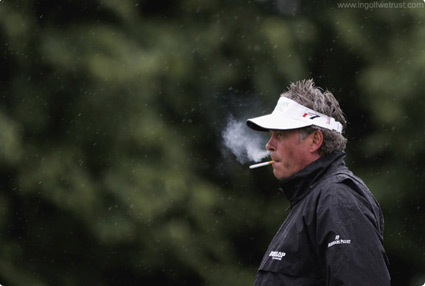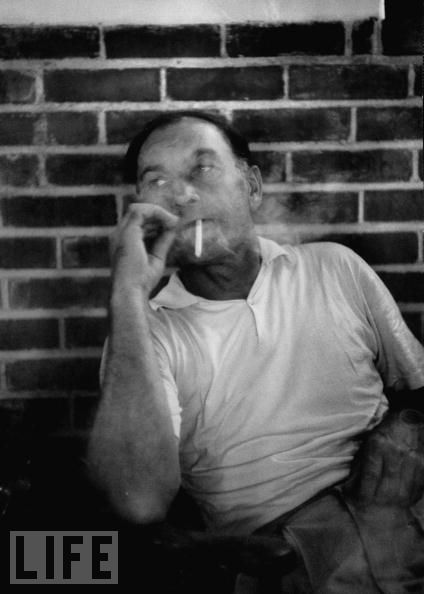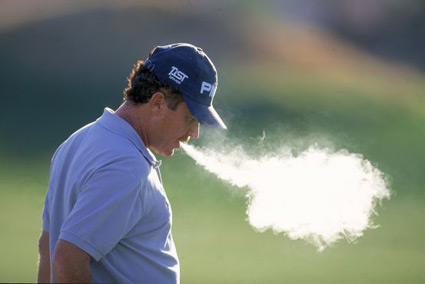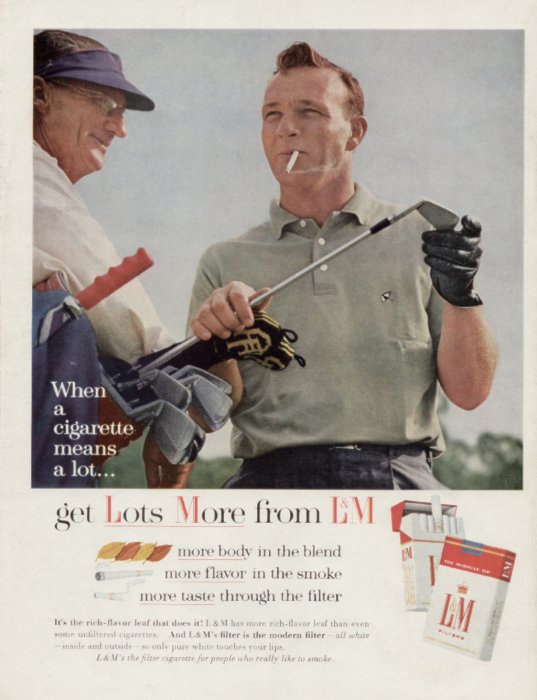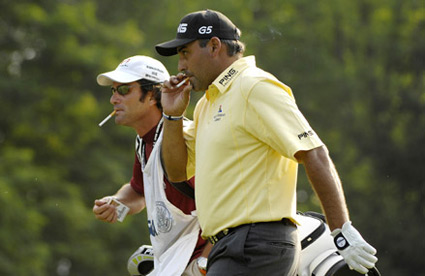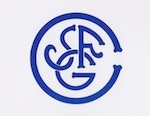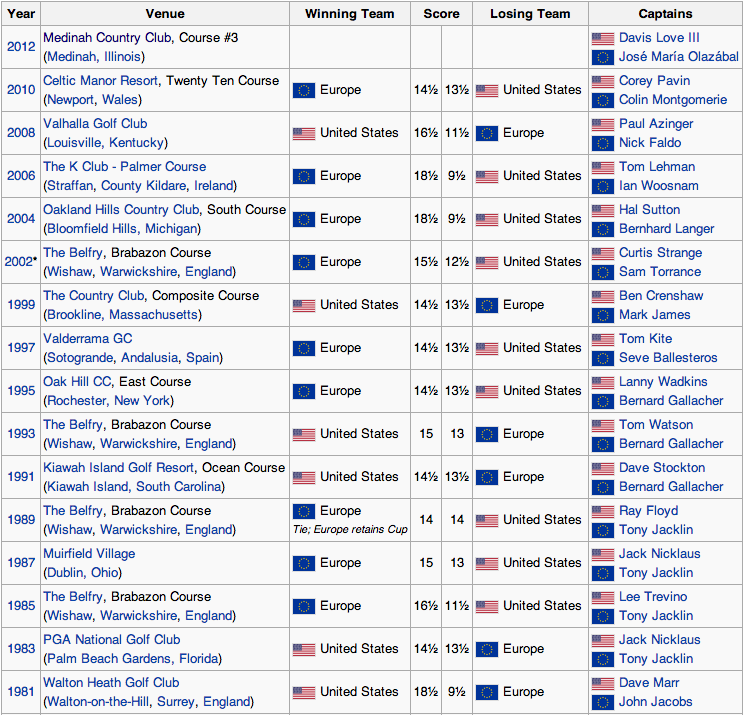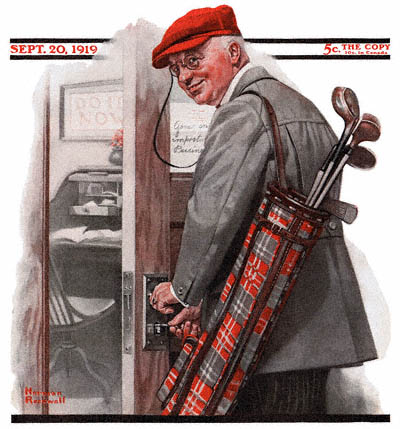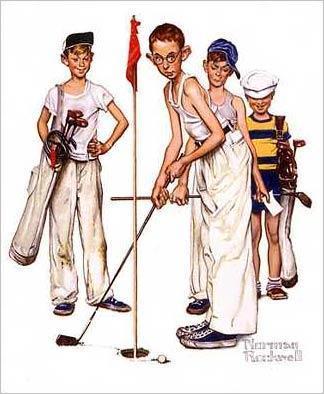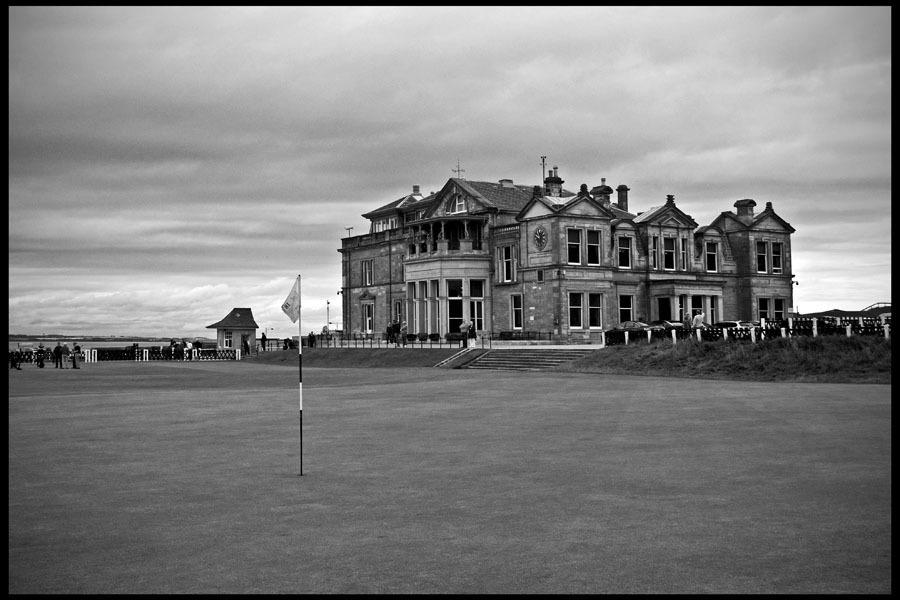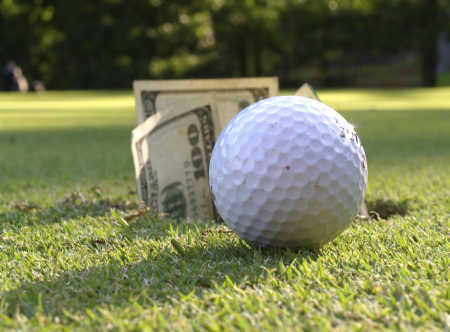
There is little that can better spice up a good golf game than waging a little bet with friends. Most of us keep it small and simple, betting a couple of bucks or a round of drinks. However, golf folklore is infamous for costly, outrageous, and just plain wacky bets.
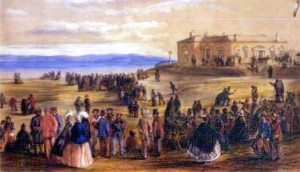
Have you ever bet that you could make a hole in fewer strokes than your partner? So did Sir David Moncreiffe and John Whyte-Melville in 1870, but they probably played with a little higher stakes than your average bet. The records of The Royal and Ancient Golf Club of St. Andrews report that the bet was literally life or death and the loser had to die. Although the records omit the outcome of the match, it is recorded that 13 years later, John Whyte-Melville gave a speech where he lamented “the causes that led to…” the death of Sir David Moncreiffe.
Such wagers in early Scottish golf were not uncommon, especially among the aristocratic class. Restrictions were even formally set by the Honourable Company in the mid-18th century to limit the amount one could bet on a game of golf, but were not followed as elite gentlemen continued to play for large sums.
In the early 20th century, golf bets became less extreme but far more unusual. There are stories of a man who bet he could win a game wearing a suit of armor, and another of a man who bet he could score under 90 in a dense fog.
There are also tales of golf debauchery in order to make sure a bet to swings in one’s favor. Infamous gambler, Titanic Thompson, bet that he could sink a hole in one 40 feet away. His poor opponent probably gawked in amazement as he made it in, unaware that Titanic payed a greenskeeper to lay a track straight to the hole. Don’t get any ideas!
More about Titanic Thompson, the man who could “sink” everybody.

